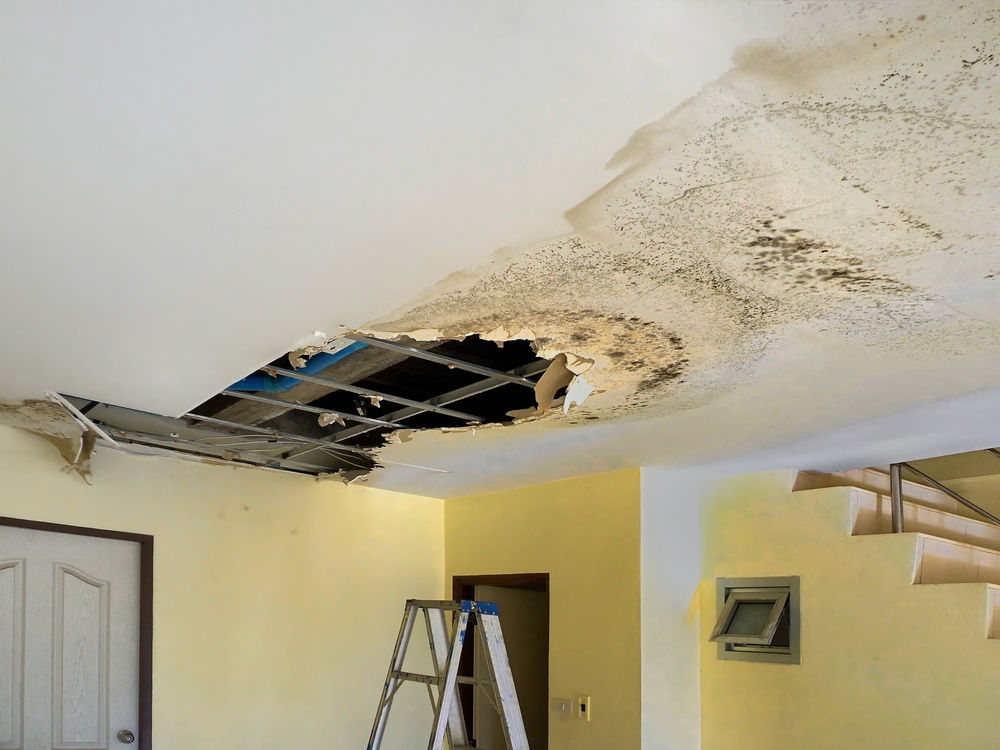Just how to Locate and Repair Water Leaks-- A Comprehensive Guide
Just how to Locate and Repair Water Leaks-- A Comprehensive Guide
Blog Article
Just about everyone will have their personal thinking when it comes to Top leak detection hacks.

Early discovery of dripping water lines can minimize a possible calamity. Besides saving you money, it will certainly minimize the aggravation and frustration. The moment you locate a leak, calling your plumber for fixings is the very best option. However, some small water leakages might not show up. Below are some hacks that help if you can not spot it with your nude eyes.
1. Examine the Water Meter
Every house has a water meter. Examining it is a guaranteed way that assists you find leaks. For beginners, shut off all the water sources. Ensure no one will purge, make use of the tap, shower, run the washing maker or dish washer. From there, go to the meter and watch if it will certainly change. Because no one is using it, there ought to be no movements. If it moves, that suggests a fast-moving leakage. If you spot no changes, wait an hour or 2 and also check back once again. This means you may have a slow leakage that can even be below ground.
2. Check Water Intake
Assess your water costs and track your water consumption. As the one paying it, you must discover if there are any discrepancies. If you find sudden changes, in spite of your usage coinciding, it suggests that you have leakages in your plumbing system. Remember, your water bill must fall under the very same range monthly. An unexpected spike in your bill shows a fast-moving leakage.
A steady rise every month, also with the exact same habits, shows you have a slow-moving leakage that's additionally gradually rising. Call a plumber to thoroughly check your building, specifically if you really feel a cozy location on your flooring with piping beneath.
3. Do a Food Coloring Test
30% comes from toilets when it comes to water consumption. Examination to see if they are running appropriately. Decrease specks of food color in the tank and also wait 10 minutes. If the shade somehow infiltrates your bowl throughout that time without flushing, there's a leakage between the storage tank and also dish.
4. Asses Outside Lines
Don't neglect to inspect your outside water lines also. Test spigots by connecting a garden hose pipe. Needs to water seep out of the link, you have a loosened rubber gasket. Change this and also make sure all links are limited. If you've got a sprinkler system, it will aid get it expertly analyzed as well as kept every year. One little leak can lose tons of water as well as increase your water expense.
5. Assess the circumstance and inspect
House owners ought to make it a habit to examine under the sink counters as well as also inside cupboards for any type of bad odor or mold and mildew development. These 2 warnings suggest a leak so timely focus is required. Doing regular examinations, even bi-annually, can save you from a major problem.
Check for stainings and also damaging as a lot of devices and also pipes have a life expectations. If you think leaking water lines in your plumbing system, don't wait for it to intensify.
Early detection of dripping water lines can alleviate a prospective disaster. Some small water leaks might not be visible. Examining it is a surefire means that aids you uncover leakages. One little leakage can throw away loads of water and also surge your water expense.
If you suspect dripping water lines in your plumbing system, do not wait for it to intensify.
WARNING SIGNS OF WATER LEAKAGE BEHIND THE WALL
PERSISTENT MUSTY ODORS
As water slowly drips from a leaky pipe inside the wall, flooring and sheetrock stay damp and develop an odor similar to wet cardboard. It generates a musty smell that can help you find hidden leaks.
MOLD IN UNUSUAL AREAS
Mold usually grows in wet areas like kitchens, baths and laundry rooms. If you spot the stuff on walls or baseboards in other rooms of the house, it’s a good indicator of undetected water leaks.
STAINS THAT GROW
When mold thrives around a leaky pipe, it sometimes takes hold on the inside surface of the affected wall. A growing stain on otherwise clean sheetrock is often your sign of a hidden plumbing problem.
PEELING OR BUBBLING WALLPAPER / PAINT
This clue is easy to miss in rooms that don’t get much use. When you see wallpaper separating along seams or paint bubbling or flaking off the wall, blame sheetrock that stays wet because of an undetected leak.
BUCKLED CEILINGS AND STAINED FLOORS
If ceilings or floors in bathrooms, kitchens or laundry areas develop structural problems, don’t rule out constant damp inside the walls. Wet sheetrock can affect adjacent framing, flooring and ceilings.
https://www.servicemasterbyzaba.com/blog/how-to-detect-water-leakage-in-walls/
.jpg)
Do you like more info about Finding hidden leaks? Create a remark below. We will be pleased to listen to your ideas about this article. Hoping that you visit us again later on. Enjoyed our write-up? Please share it. Help somebody else check it out. Bless you for your time. Visit again soon.
Report this page